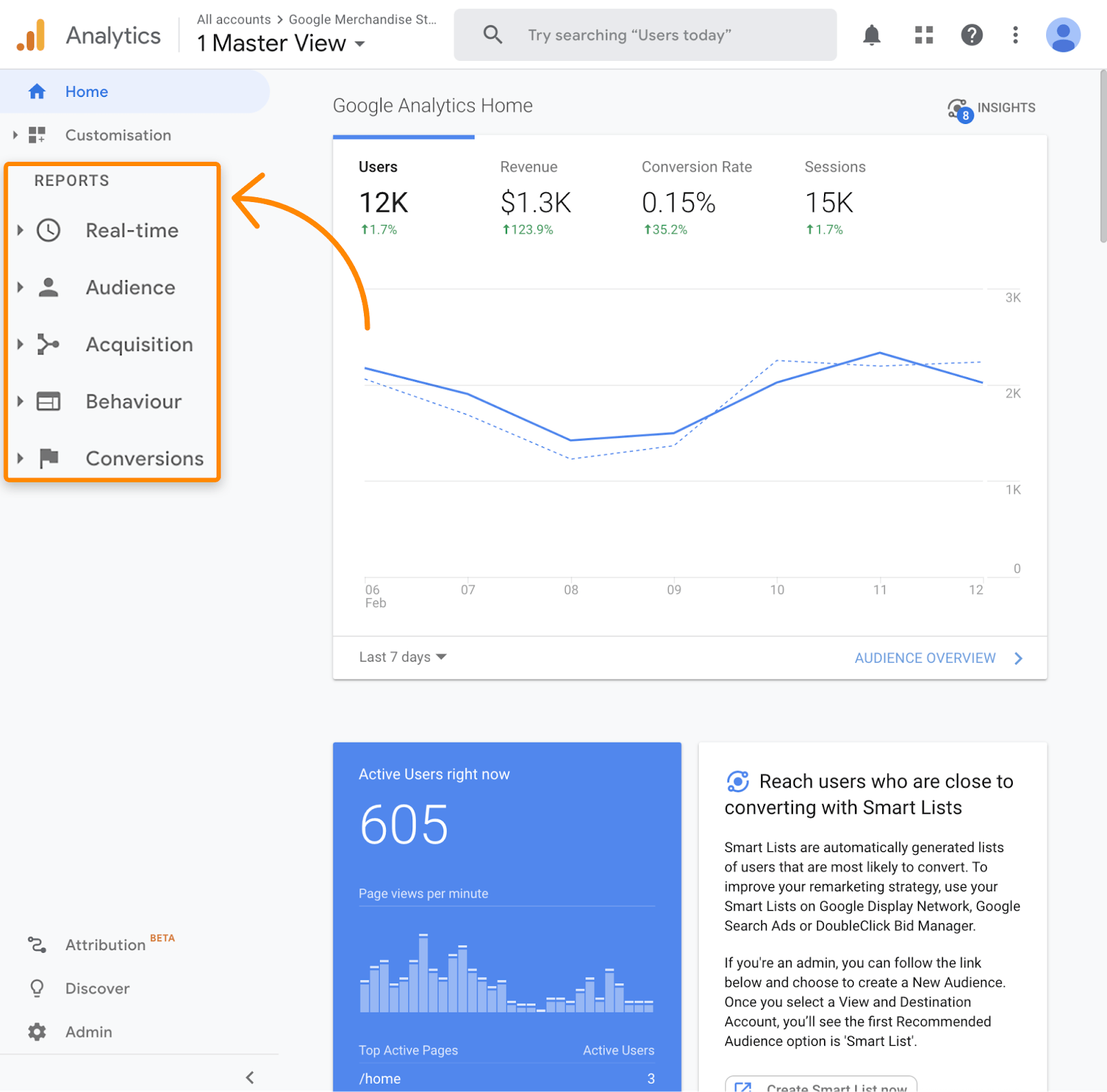Vital Overview to Secondary Dimensions in Google Analytics: Meaning, Advantages, and Applications
Vital Overview to Secondary Dimensions in Google Analytics: Meaning, Advantages, and Applications
Blog Article
Revealing the Impact of Secondary Measurement in Google Analytics on Information Evaluation and Insights
In the world of data analytics, the application of additional measurements within Google Analytics has actually emerged as a pivotal device for drawing out much deeper understandings and unraveling complex patterns that may otherwise stay obscured. By peeling off back the layers of key information sets, additional dimensions supply a nuanced perspective that enriches the understanding of individual behavior, site performance, and the efficiency of marketing approaches. The true effect and untapped capacity of second measurements are frequently undervalued, eclipsed by the appeal of main metrics. As we browse via the complex landscape of data analysis, the significance of additional dimensions ends up being significantly noticeable, dropping light on vital information that hold the secret to educated decision-making and strategic optimizations.
Checking Out the Concept of Second Dimensions
Secondary dimensions in Google Analytics provide added insights by enabling individuals to assess primary information together with an additional attribute. This attribute allows a much more thorough understanding of the primary information by including an additional layer of information for evaluation. By integrating secondary dimensions, individuals can dive deeper into the information and uncover useful relationships that could or else go unnoticed. As an example, by coupling the primary information of internet site traffic with additional dimensions like demographics or habits, online marketers can obtain a more comprehensive view of their target market and customize their techniques as necessary.
Comprehending the concept of secondary dimensions is crucial for optimizing the capacity of Google Analytics. It allows users to sector information successfully, determine patterns, and make notified decisions based upon a much more complete image of their analytics data. By exploring the different second measurements offered in Google Analytics, users can open new insights and enhance their digital advertising and marketing initiatives. Essentially, second dimensions offer as a powerful tool for enhancing data evaluation and driving actionable results.
Enhancing Data Interpretation With Secondary Dimensions
Having actually developed the fundamental understanding of secondary dimensions in Google Analytics and their crucial duty in information evaluation, the emphasis now changes towards leveraging these second credit to enhance the interpretation of analytics information (what is a secondary dimension in google analytics). By incorporating additional dimensions right into data evaluation, experts can acquire much deeper understandings right into user habits, site performance, and advertising and marketing efficiency

In addition, second dimensions help in contextualizing primary data metrics by giving added layers of info. This contextualization aids in recognizing the 'why' behind the information patterns, helping experts make notified choices and optimizations to improve general performance. Ultimately, incorporating secondary measurements enriches the information interpretation procedure, bring about even more significant insights and tactical actions.
Uncovering Hidden Insights Via Additional Dimensions
Checking out the depths of analytics information with secondary measurements reveals beneficial insights that would certainly otherwise continue to be obscured. By including secondary measurements in Google Analytics, companies can uncover covert patterns, fads, and connections that supply a more detailed understanding of customer behavior and web site performance. These added layers of data enable experts to dive much deeper into the main measurements, such as traffic sources or touchdown pages, and obtain a more nuanced point of view on just how different variables connect with each other.
With making use of second measurements, analysts can section and contrast information throughout various measurements, allowing them to identify particular aspects that affect individual interaction, conversion prices, and total success metrics. By coupling the primary measurement of 'device category' with the secondary dimension of 'age group,' marketing professionals can determine which age demographics favor accessing the website via mobile gadgets versus desktop computers. This degree of granularity equips organizations to make data-driven choices and enhance their approaches for far better outcomes. Eventually, discovering hidden insights via second measurements improves the deepness and precision of information evaluation, resulting in more informed click here for info decision-making and boosted performance outcomes.
Leveraging Additional Dimensions for Actionable Analytics
Structure upon the understandings revealed through second measurements in Google Analytics, organizations can currently harness this enriched data landscape to drive workable analytics and tactical decision-making. By leveraging secondary dimensions, organizations can delve much deeper into their data to remove beneficial patterns, patterns, and correlations that might have formerly gone undetected. This deeper degree of analysis allows businesses to obtain a much more comprehensive understanding of individual actions, campaign efficiency, and overall internet site efficiency.
One trick advantage of using secondary measurements for workable analytics is the ability to section information based on details criteria. This segmentation enables businesses to tailor their strategies and campaigns to different target market groups, bring about extra targeted and effective advertising and marketing initiatives - what is a secondary dimension in google analytics. Furthermore, secondary dimensions supply an even more holistic view of individual communications, making it possible for companies to optimize their website material, style, and general individual experience
Making The Most Of Decision-Making With Second Measurements
To boost strategic decision-making in analytics, leveraging secondary dimensions in Google Analytics can give an extra nuanced viewpoint on customer actions and project performance. By incorporating secondary measurements into information evaluation, services can dive much deeper right into the specifics of their website visitors' communications and involvement patterns. This added layer of info enables for a much more thorough understanding of just how different variables, such as demographics, tools, or website traffic resources, influence crucial performance signs.

Verdict
Finally, the usage of secondary measurements in Google Analytics plays a crucial duty in enhancing data analysis and revealing covert understandings. By exploring this principle, see one can acquire a much deeper understanding of individual actions and make informed choices based upon workable analytics. Leveraging secondary measurements enables a much more comprehensive analysis of blog data and optimizes the effectiveness of decision-making processes.

Report this page